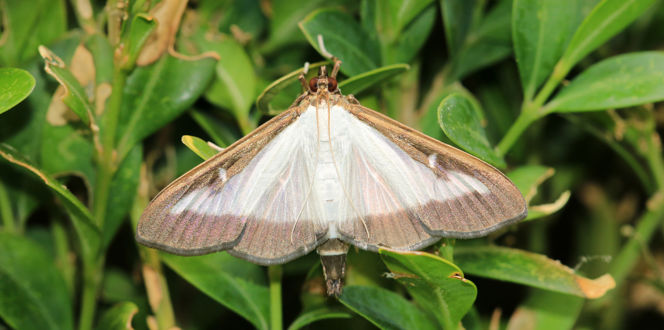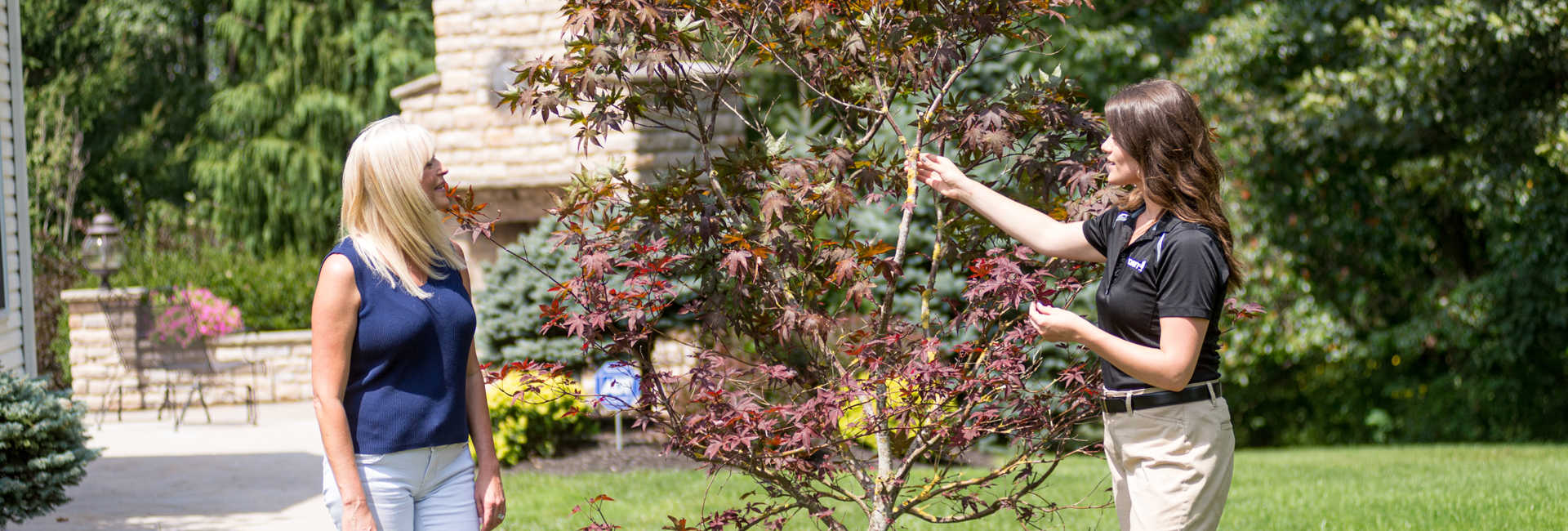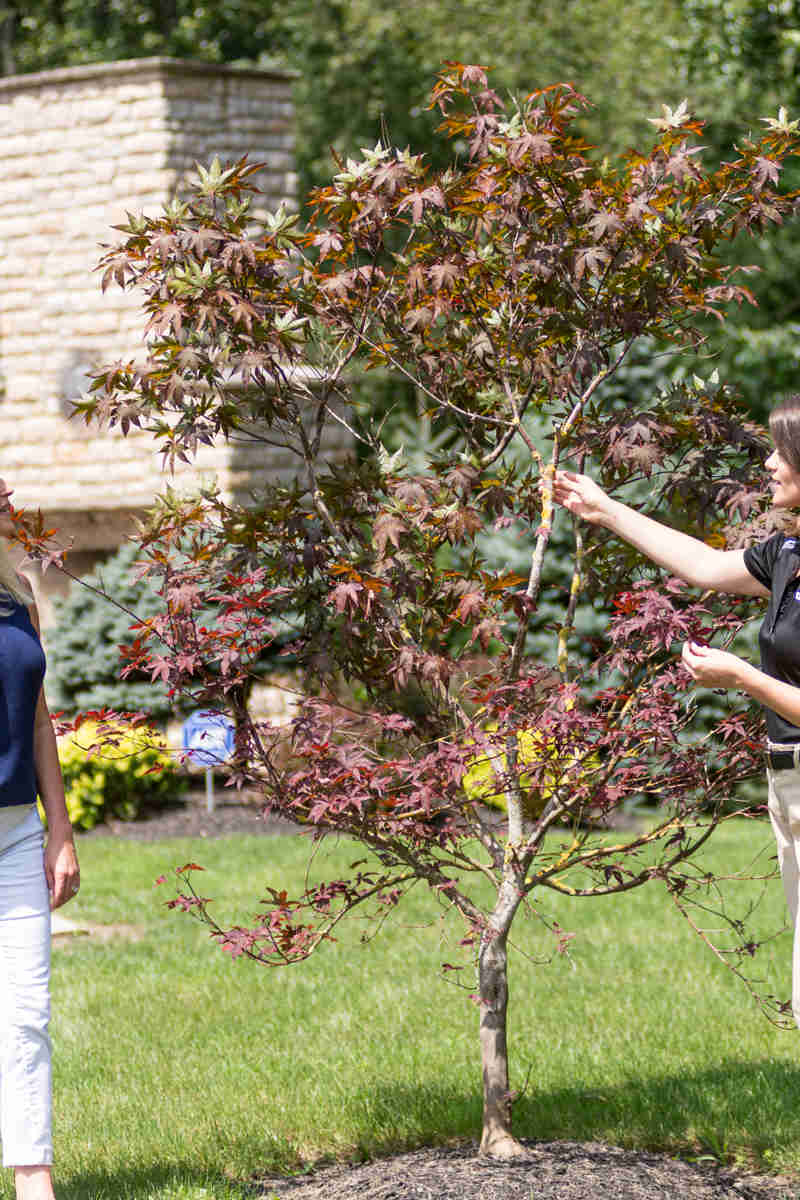Botryosphaeria Canker & Dieback Description:
Botryosphaeria canker is a fungal disease that infects many trees and woody shrubs, especially if they are already stressed or weakened. It causes cankers and dieback.
Hosts:
Commonly affected plants include apples, crabapples, cherries, honey locusts, pines, dogwoods, maples, oaks, elms, hollies, azaleas, hemlocks, and rhododendrons. The many genera and species in the Botryosphaeriales order can affect a wide variety of trees and shrubs.
How Botryosphaeria Canker Spreads:
The fungus is dormant in the winter. Spores germinate in the spring and are spread by wind, contaminated pruning tools or feeding insects and enter natural openings in bark, pruning cuts or wounds.
Botryosphaeria Canker Symptoms:
The disease blocks the movement of water and nutrients. Dead bark falls off cankered areas and foliage wilts as infected branches die. Under the bark, once-healthy wood turns black or brown. This area is the canker. Sometimes, depending on the host, cankers will even weep.
Management:
Botryosphaeria canker cannot be cured, but it can be managed.
- Keep plants healthy to help prevent this disease.
- Avoid injuring shrubs and trees with mowers or other lawn and garden equipment.





